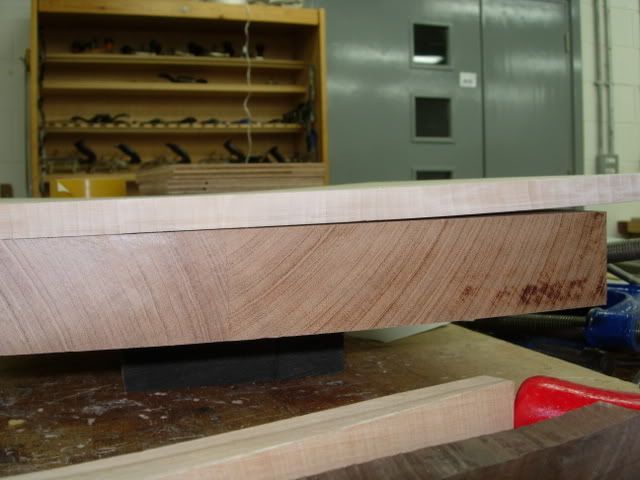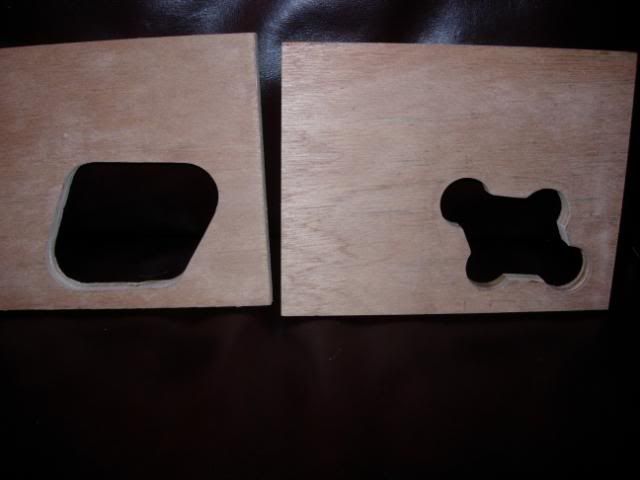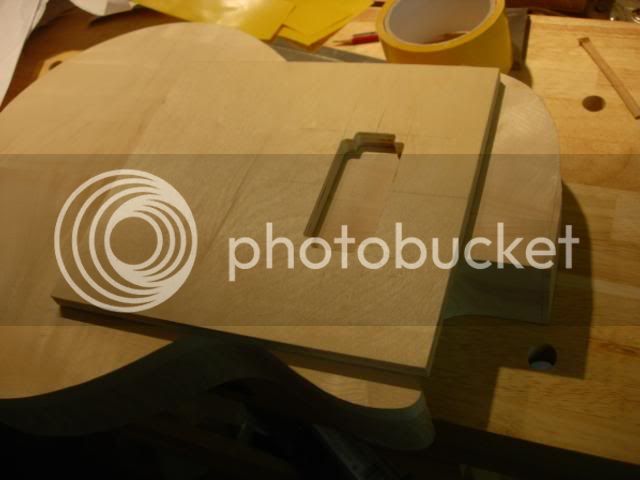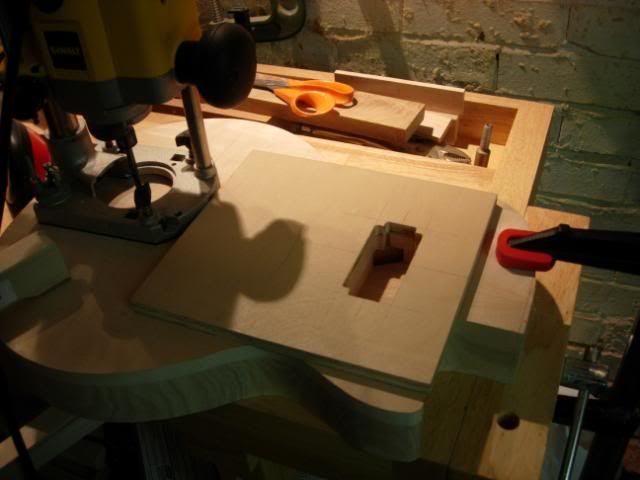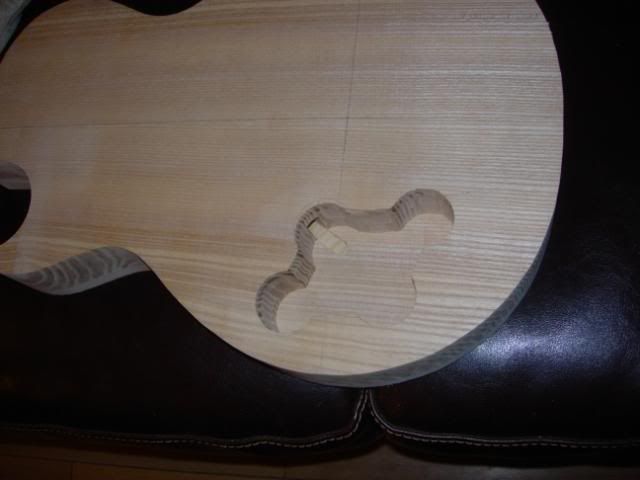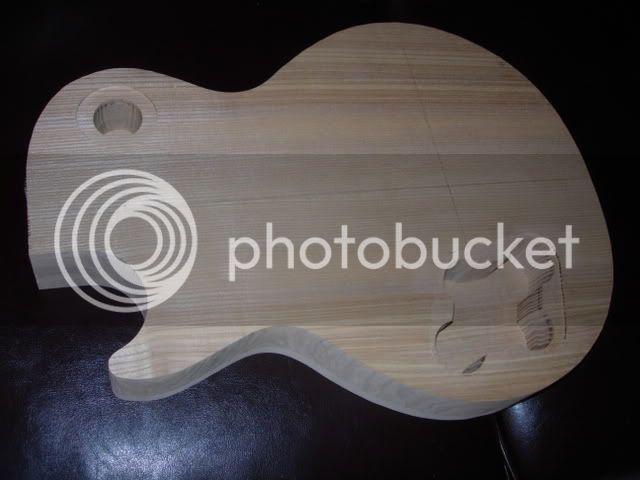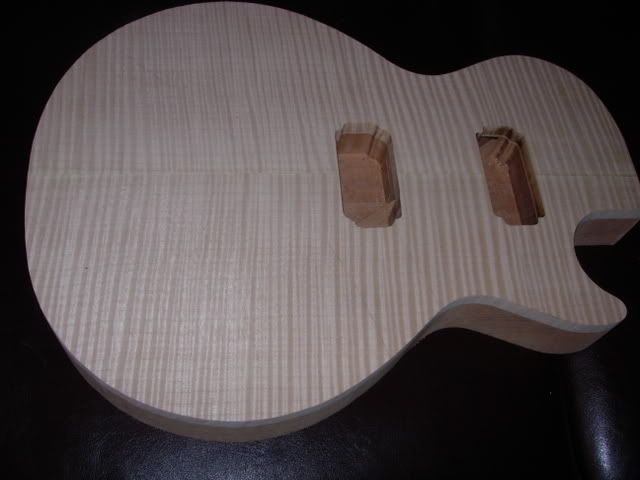Benchwayze
Established Member
Cheers Setch..
So I could repair a broken headstock myself?
Next time the Missus walks into my guitar stand, because she's trying to save money by not switching on the light, it won't cost me a bomb for a glue-up!

So I could repair a broken headstock myself?
Next time the Missus walks into my guitar stand, because she's trying to save money by not switching on the light, it won't cost me a bomb for a glue-up!




